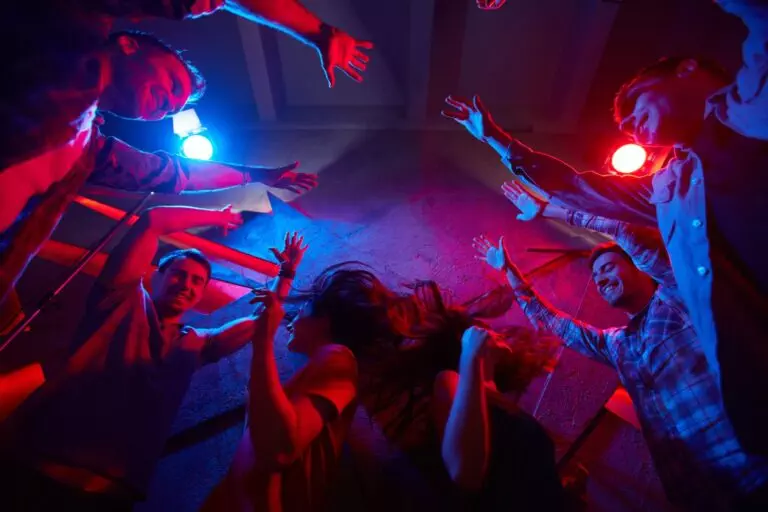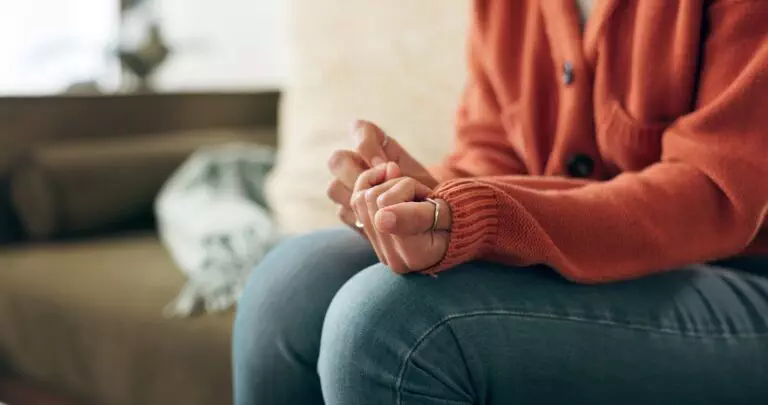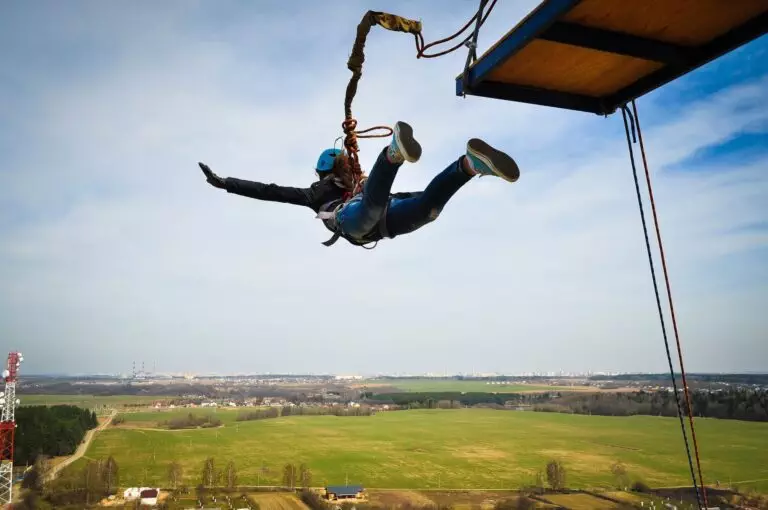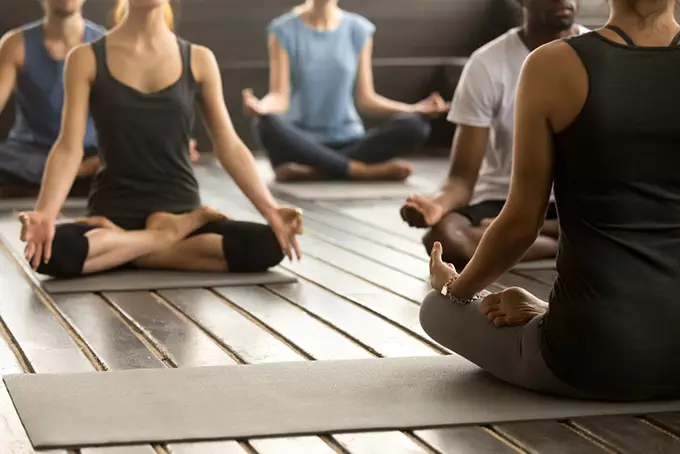Most of us are familiar with the exhilaration of a great night out. It’s also likely that those who frequent the club scene (or have done so in the past) will have encountered or partaken in club drugs. Hedonism and clubbing have always been synonymous (hence the term), and it’s very difficult for young people to avoid dabbling, especially under the influence of alcohol or peer pressure.
But what happens when a “recreational” pastime slips into a full-blow addiction?
People often go clubbing with a group of friends. Within these groups, there will be a spectrum – some may indulge frequently with seemingly little backlash, others will exercise moderation, and the rest may suffer severe health repercussions.
FOMO (fear of missing out) can keep the vulnerable members of the group locked in a spiraling path. What’s more, due to a lack of understanding, empathy, or communication, a kind of collective enabling can result – not just from well-meaning friends but also from the overarching clubbing culture.
The allure of club drugs in social settings often masks the potential for cognitive impairment, hyperthermia, depression, and a propensity for engaging in high-risk behaviors. Such effects can not only endanger your immediate health but can also pave the way for longer-term psychological and physical harm.
In this article, we’ll take an in-depth look into club drugs – different types, surrounding culture, risks, and more – so you can be better informed about the dangers and potential treatments for addiction.
What are club drugs?
As the name suggests, club drugs are a category of psychoactive substances commonly associated with parties, raves, and nightclub scenes. Their appeal lies in their ability to enhance sensory experiences and social interactions, making them popular among young adults.
These drugs are often used to intensify the party experience. They vary greatly in their effects, ranging from stimulants and hallucinogens to depressants. While they are often seen as enhancers of the nightlife experience, the allure of these drugs can mask their potential for harm and addiction.
Types of club drugs
| MDMA | Also known as 3,4-Methylenedioxy-methamphetamine, but commonly referred to as Ecstasy or Molly. It’s known for its stimulant and mild hallucinogenic effects. |
| GHB | Gamma-hydroxybutyrate, often called G or Liquid Ecstasy, is a central nervous system depressant. |
| Ketamine | Known as Special K or K, this drug has anesthetic properties and can produce hallucinogenic effects. |
| Rohypnol | Commonly known as Roofies, this is a potent sedative. |
| LSD | Lysergic acid diethylamide, also called Acid, is a well-known psychedelic drug. |
| Methamphetamine | Often referred to as Meth, this powerful stimulant is known for its euphoric effects. |
| Cocaine | A powerful stimulant drug, often used in party settings for its energizing effects. Research shows that cocaine is (by far) the most used club drug among young adults. |
| 2C-B | Also known as Nexus, is a synthetic psychoactive substance with hallucinogenic properties. |
| Inhalants | Such as nitrous oxide and poppers, these are substances that produce psychoactive effects when inhaled. |
| Synthetic cannabinoids | Also known as Spice, these are synthetic compounds that mimic the effects of cannabis. |
| Flunitrazepam | Another name for Rohypnol, used as a sedative and often associated with instances of drug-facilitated sexual assault. |
The diffusion of these drugs from subcultures (particularly the rave scene) into broader society has led to increased popularity and availability. However, their widespread use raises significant health concerns due to the potential for abuse, addiction, and other adverse health effects
Risks and consequences of club drug use
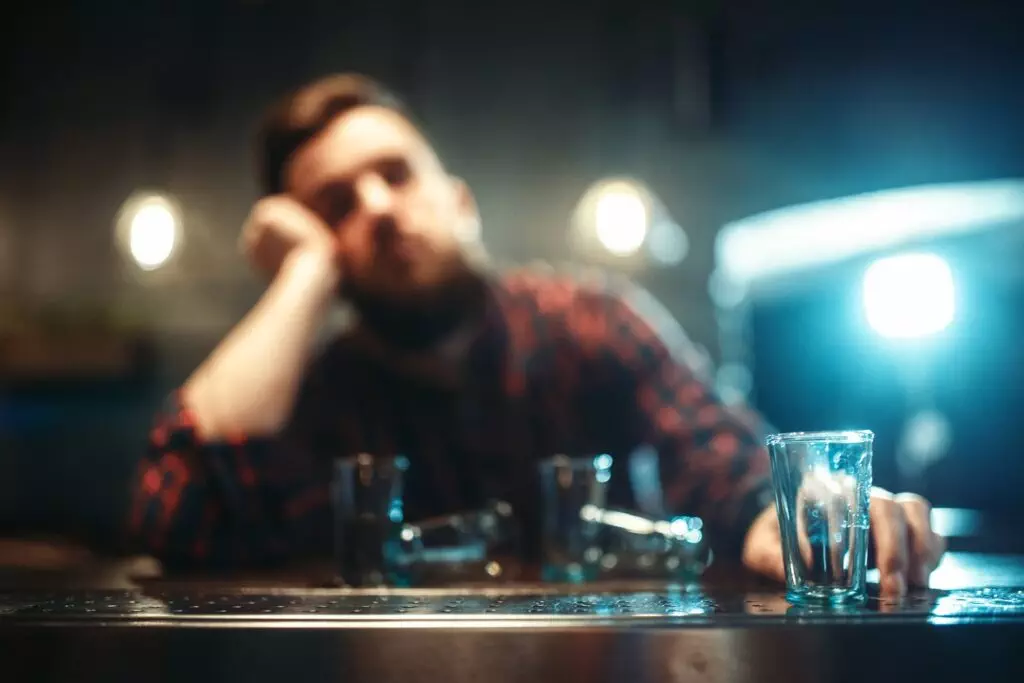
If you’re an avid fan of the club scene, or just getting involved, you need to be aware of the potential risks of drugs you might encounter.
For example, stimulants like MDMA and cocaine can cause hyperthermia and intense energy, while depressants such as GHB and Rohypnol may lead to severe sedation or memory loss.
Psychedelics such as LSD can drastically alter your sensory perceptions, potentially leading to a psychotic break in some people, especially when used with high-strength cannabis.
So varied is the spectrum of effects, individual physiology, and use frequency, that it’s difficult to take a “one size fits all” approach to this subject.
Polysubstance use
The crux of the issue is that many clubbers tend to partake in “drug cocktails,” otherwise known as polysubstance use. In 2019, nearly half of drug overdose deaths involved multiple drugs. You should always be extremely cautious about mixing multiple drugs, as certain combinations (such as opioids and alcohol) can be life-threatening.
The array of possible variations is complex, but there are some rough guidelines regarding risk.
If you mix stimulants, you risk raising your heart rate and blood pressure to dangerous levels. This can lead to brain injury, liver damage, heart attack, and stroke.
Mixing depressants can severely slow down your breathing, increasing the risk of organ damage, overdose, and death.
The effects of combining stimulants and depressants are unpredictable and can easily lead to an overdose, especially if you also consume alcohol.
Polysubstance use becomes even more dangerous when drugs are unknowingly laced with potent substances like fentanyl. In recent years, fentanyl contamination has emerged as a major risk. Users focusing on avoiding fentanyl may overlook other risks associated with mixing substances.
The transition from recreational use to addiction
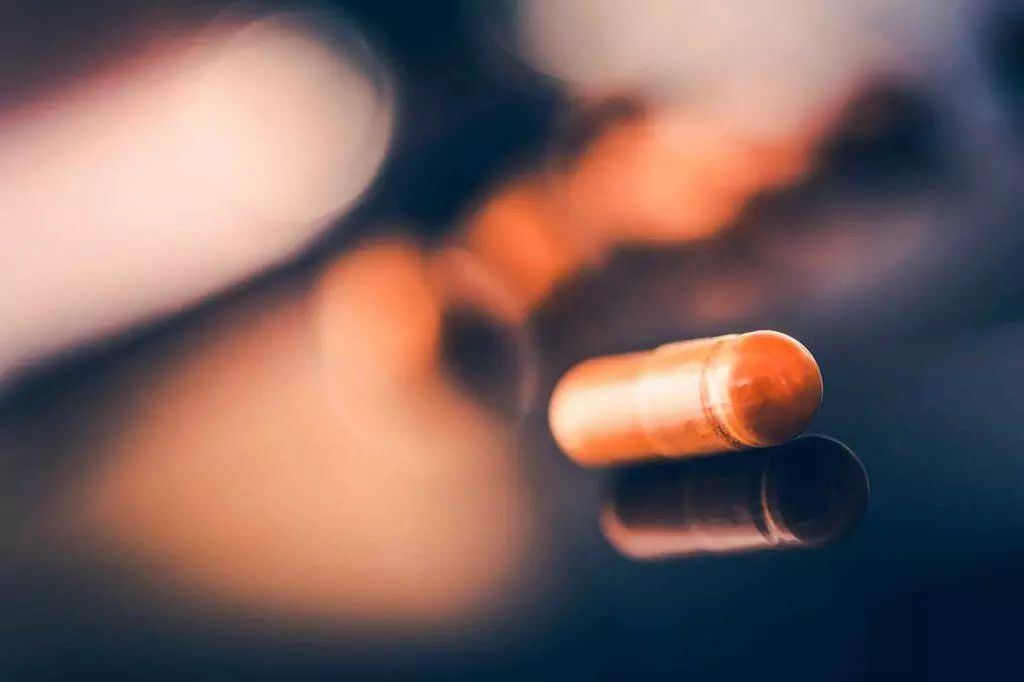
When people first experiment with club drugs, it might seem like just a normal part of the nightlife experience. Many will only indulge at weekends and consider their use as purely social and under control. Yet, this casual use can mark the beginning of a path toward addiction.
It’s important to understand how seemingly harmless experimentation can escalate.
For instance, research indicates that 70% of individuals who try an illegal drug before age 13 develop a substance abuse disorder within the next seven years. This risk decreases to 27% for those who first try drugs after age 17. Club drugs like ecstasy, meth, and cocaine are predominantly used by young people, particularly in higher-income settings.
A person’s genetic makeup also plays a crucial role in this transition. Scientists have identified genes commonly inherited across addiction disorders in over 1 million people. These findings highlight the role of the dopamine system in addiction and suggest that genetic variation in dopamine signaling regulation is central to addiction risk.
Substance use disorders are influenced by both genes and environmental factors, with research showing that certain genomic patterns are more sensitive predictors of having multiple substance use disorders and associated mental and physical illnesses.
Understanding these dynamics is key to recognizing the risks involved with club drug use.
So, as you prepare to soak in the nightlife and social scenes, you must remember this essential fact: Your genetic predisposition and early drug use experiences can significantly influence your vulnerability to addiction. A drug can affect your friends one way and you completely differently. In most cases, the best yardstick is yourself, your intuition, and body awareness. If you feel yourself slipping, don’t be reluctant to seek help.
Sometimes we must make hard choices (like not hanging out with the same social group) for the sake of our own wellbeing. But armed with the right knowledge and support, you’ll be better able to make informed decisions and build a better life.
Impact of club drug addiction on health and society
The ramifications of club drug addiction extend beyond individual health, permeating society at large. This includes not only the health and well-being of individuals but also significant societal and economic burdens.
Examining the data offers a clearer picture of these extensive consequences, underscoring the importance of addressing club drug addiction both at personal and community levels. Below are some key statistics that highlight these effects:
- 3.8% of adults over 18 have both a substance abuse disorder (SUD) and a mental illness.
- Over 20 million Americans aged 12 and over are affected by SUDs.
- Major Depressive Episodes (MDE) impact 3.5 million adolescents and 4.6 million young adults in the U.S.
- 1.5% of all adolescents in the U.S. have both an SUD and MDE.
- The societal costs of drug abuse are staggering. In 2017, the cost in the U.S. was nearly $272 billion, including crime, healthcare needs, lost work productivity, and other impacts. This included $193 billion for illegal drugs and $78.5 billion for prescription opioids, highlighting the economic burden of addiction.
The data also shows that high-risk behaviors associated with drug abuse increase the likelihood of contracting viral infections such as hepatitis or HIV. Drug users who inject their drugs account for 1 in 10 HIV diagnoses. In 2016, 20% of HIV cases among men and 21% among women were attributed to injection drug use.
The co-occurrence of addiction and mental health disorders emphasizes the need for integrated treatment approaches. Addressing these issues simultaneously is crucial for effective recovery.
Treatments and therapies for club drug addiction
Given the aforementioned variety of effects, addressing the issue of club drugs requires a nuanced approach to both prevention and treatment. This is why treatment for club drug abuse must be highly personalized and multifaceted, addressing not only the physical aspects of addiction but also the emotional and psychosocial factors.
Evidence-based treatments and therapies include:
Cognitive Behavioral Therapy (CBT)

One of the most effective treatments for addiction, CBT addresses the thought patterns and behaviors that lead to substance use and helps people develop healthy coping mechanisms.
A growing body of research has elevated CBT to the gold standard for treating substance use disorders. At Maui Recovery, CBT sessions are adapted to address the specific challenges faced by those recovering from club drug addiction, helping them develop healthier coping mechanisms and behavioral responses.
Medication-Assisted Treatment (MAT)
While Medication-Assisted Treatment is more commonly associated with opioid addiction, certain aspects can be beneficial for club drug addiction, particularly in managing withdrawal symptoms and cravings. Sometimes, a temporary MAT plan is a necessary complementary treatment to other therapies. It is essential that you only take these medications under the guidance of a medical health professional.
At Maui Recovery, MAT may be considered as part of a broader, tailored treatment plan, in conjunction with our wide range of evidence-based treatments and experiential therapies.
Group Therapy
Recognized for its effectiveness in substance use disorder treatment, group therapy can play a crucial role in recovery from club drug addiction. It provides a platform for you to connect with peers who’ve undergone similar trials, share experiences, and learn from each other, helping to reduce feelings of isolation and shame.
Group therapy serves as a primary therapy form in many addiction treatment programs, like those offered by Maui Recovery. Community is essential to our ethos – building a trusted social network is often key to fostering long-term recovery.
Mindfulness-Based Stress Reduction (MBSR)
MBSR is a therapeutic approach that helps individuals manage stress, anxiety, and addiction by fostering mindfulness and present-moment awareness. In one study MBSR significantly improved mental and physical health and reduced drug cravings and relapse rates among an underserved population with drug abuse issues.
Knowing how invaluable mindfulness is for addiction recovery, Maui Recovery incorporates MBSR into its treatment programs, aiding clients in developing mindfulness skills to reduce stress, enhance emotional regulation, boost self-awareness, and build resilience.
Adventure Therapy
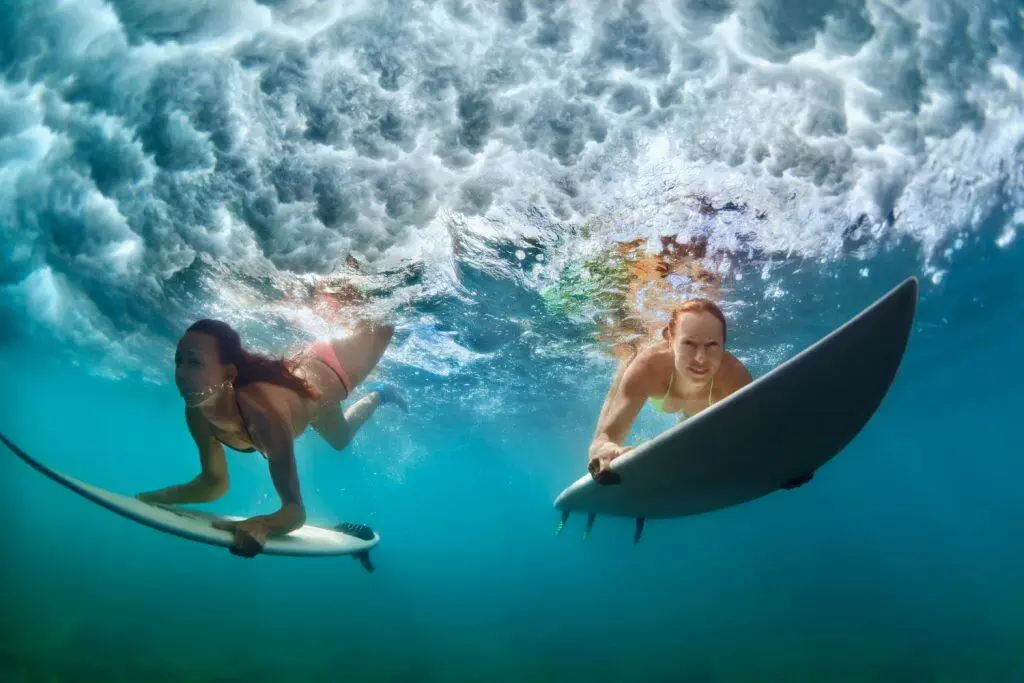
Offering a unique approach to treating club drug addiction, adventure therapy engages individuals in outdoor activities that promote mental and emotional well-being. By taking people out of their comfort zone – to an unfamiliar yet effective therapeutic setting – adventure therapy can serve as a healthy replacement for the social vibrancy and excitement of the club scene.
Experiential therapies are core to Maui Recovery’s approach, and its base (nestled in the exhilarating beauty of the island of Maui) serves as a lifting-off point for radical healing.
Family Therapy Treatment
Family therapy is crucial in treating club drug addiction, as family dynamics often play a significant role in substance use patterns. Research in the “American Journal of Drug and Alcohol Abuse” emphasized the effectiveness of family involvement in improving treatment outcomes.
Maui Recovery includes family therapy in their treatment plans, fostering a supportive network for sustainable recovery.
This is by no means an exhaustive list, but all of the above are highly effective for treating addiction to substances falling under club drugs. Ultimately, there is no single treatment that is the right answer for everyone.
At Maui Recovery, we’ll develop a personalized treatment plan you resonate with, that will meet your unique needs and goals.
How Maui Recovery can help
At Maui Recovery, we have extensive experience in treating individuals grappling with club drug addiction. Understanding that each person’s recovery journey is unique, we tailor our treatment plans accordingly.
Our approach combines deep understanding, clinical expertise, and a compassionate environment, aiming to address not just the physical aspects of addiction but also the underlying psychological and emotional factors. This holistic approach is vital in helping people reclaim their lives from the grip of addiction.
Through a personalized combination of experiential therapies and evidence-based treatments, our expert team can help you achieve freedom from club drug addiction. If you’d like to talk to one of our experts about club drugs or our recovery programs, please contact us today.
